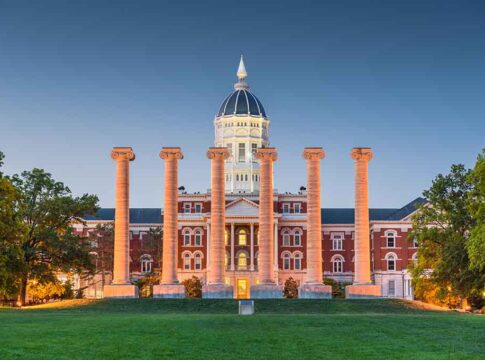Under the Biden administration, taxpayers were once again targets. The president has provided relief to 60,000 public employees by forgiving their student debts. The forgiveness will cost approximately 4.5 billion. During Biden’s tenure, over 1 million public employees’ student loans have been canceled. Republicans have attempted to protect taxpayers by opposing student debt relief measures.
Biden’s Latest Debt Forgiveness Move
The Biden administration has taken another step in its ongoing student debt relief efforts by forgiving $4.5 billion in student loans for 60,000 public employees. This move is part of the PSLF program, which was established in 2007 to allow certain non-profit and government employees to have their federal student loans forgiven after ten years of service.
While the administration touts this as a victory for public employees, critics argue that it shifts the financial burden onto taxpayers and may encourage higher tuition costs. The program’s expansion under Biden resulted in over 1 million public service workers receiving student loan cancellations, a significant increase from the 7,000 who received relief prior to his presidency.
US President Joe Biden canceled another $4.5 billion in student debt for over 60,000 borrowers, bringing the number of public service workers who have had their student loans cancelled to over 1 million https://t.co/8YgzvUf98Q
— Reuters (@Reuters) October 17, 2024
Improvements to the PSLF program
Biden’s Education Department has worked to improve the PSLF program, which had previously been plagued by high rejection rates and technical disqualifications. These enhancements include relaxed requirements, simplified criteria, and the possibility of reconsidering previous denials. The average student loan balance forgiven by PSLF is around $70,000.
“Public service workers – teachers, nurses, firefighters, and more – are the bedrocks of our communities and our country,” Biden said in a statement. “But for too long, the government failed to live up to its commitments.”
The administration has also implemented a Limited PSLF Waiver, which allows public service employees affected by the pandemic to receive PSLF credit for previous payments regardless of repayment plan or loan type. Furthermore, the application process has been streamlined, allowing borrowers to complete and submit forms online.
U.S. President Joe Biden Thursday canceled another $4.5 billion in student debt for more than 60,000 borrowers, bringing the number of public service workers who have had their student loans for higher education forgiven to over 1 million. https://t.co/7D1cVZRTqF
— NEWSMAX (@NEWSMAX) October 18, 2024
Opposition and Concerns
Republican officials have attempted to stymie student debt relief efforts, including attempts to end the PSLF program. Critics argue that these debt forgiveness measures could lead to higher tuition costs because universities may raise prices knowing that the government will eventually foot the bill. There are also concerns about the fairness of such programs to those who have already paid off their student loans or have chosen not to pursue higher education due to financial constraints.
Former President Donald Trump has proposed eliminating the PSLF program altogether and opposes Biden’s broader student debt cancellation efforts. This stark difference in approach highlights the ongoing debate about the role of government in addressing the student debt crisis.
Economic Impact and Future Implications
The Council of Economic Advisers (CEA) has highlighted potential economic benefits of student debt relief, including improved financial health for borrowers and support for public service careers. However, some economists warn of potential inflationary effects and the long-term sustainability of such programs.
As the Biden administration pushes for student debt relief, concerns remain about the program’s long-term impact on the economy, higher education costs, and the federal budget. While supporters praise the initiative for providing relief to public servants, others worry about the precedent it sets and its potential unintended consequences on the broader education system and economy.
Sources:


